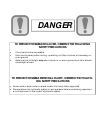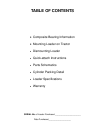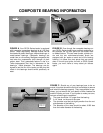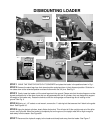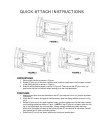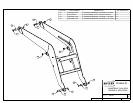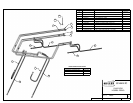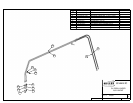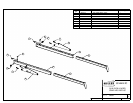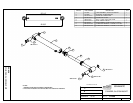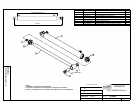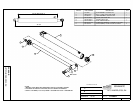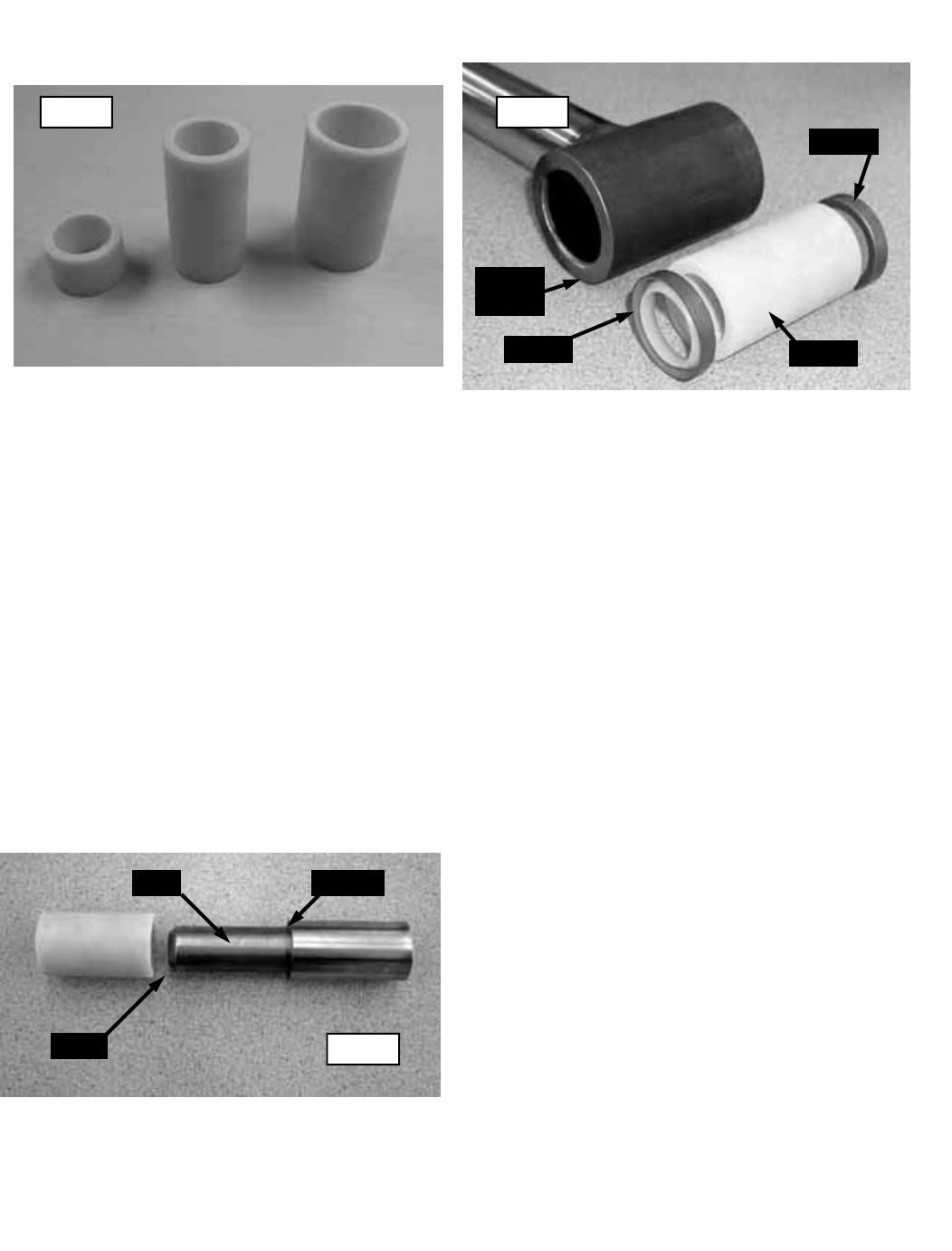
COMPOSITE BEARING INFORMATION
FIGURE A. Your GP/GL-Series loader is equipped
with composite, greaseless bearings at all (12) pivot
points. These high-quality bearings should not be
confused with plastic bushings, sintered bushings, or
metal-backed bearings. Composite bearings are
made from an ultra-strong fiberglass composite that
has twice the compressive yield strength of plain
carbon steel. Their greaseless feature is due to a
Teflon-impregnated liner that is interwoven to the
bearing’s inside diameter. The bearings are de-
signed to last the life of the loader and the pins that
rotate in the bearings should exhibit practically no
wear.
FIG. A FIG. B
Pin Seal
Pin Seal
Bearing
FIGURE B. Even though the composite bearings on
your GP/GL-Series loader have excellent resistance to
dirt particles, the (4) pivot points on the bucket have
an added feature. The two lower bucket cylinder piv-
ots and the two mainframe-to-bucket pivots are
equipped with pin seals on each end of the bearing
housing. It is these four pivot points that are usually
down in the dirt and grime, but with a GP/GL-Series
loader, you won’t have to worry about pin failures
again!
Bearing
Housing
FIGURE C. Should any of your bearings have to be re-
moved, this photo shows the tool that is available to remove
and install the bearings properly. They are available for pur-
chase, you just need to tell your dealer or Miller Loaders the
model of loader you have. If you’d prefer to make your own,
here are a few things to remember:
• The nose should be 1/4” longer than the bearing
• A 1/4” bevel on the end of the nose
• The shoulder must be just slightly smaller than the out-
side diameter of the bearing
• The diameter of the nose should be about 0.005 less
than the inside diameter of the bearing
FIG. C
Bevel
Nose Shoulder




